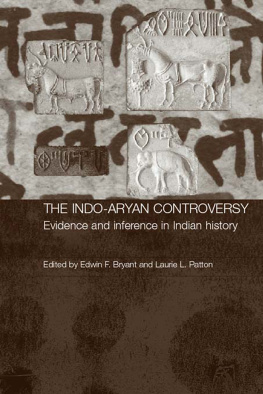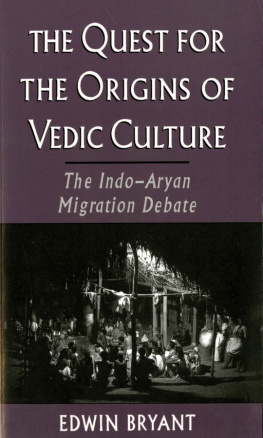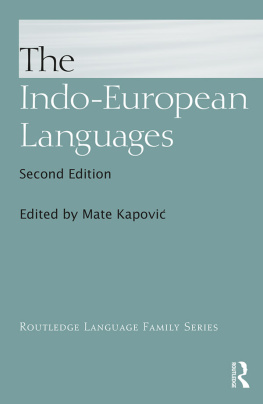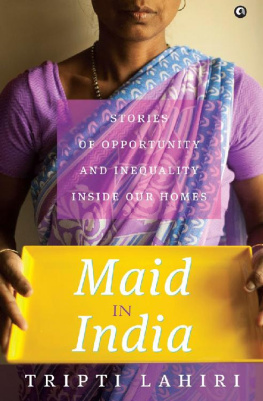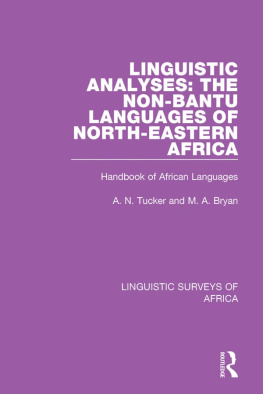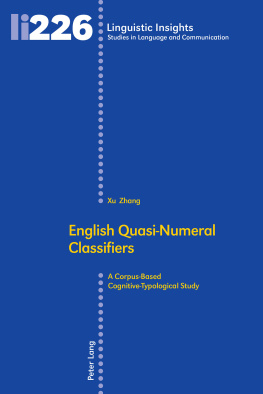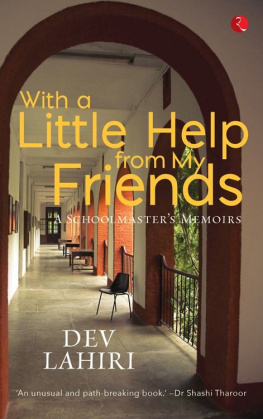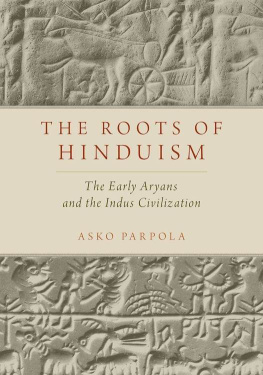Bornini Lahiri - The Case System of Eastern Indo‑Aryan Languages: A Typological Overview
Here you can read online Bornini Lahiri - The Case System of Eastern Indo‑Aryan Languages: A Typological Overview full text of the book (entire story) in english for free. Download pdf and epub, get meaning, cover and reviews about this ebook. year: 2021, genre: Home and family. Description of the work, (preface) as well as reviews are available. Best literature library LitArk.com created for fans of good reading and offers a wide selection of genres:
Romance novel
Science fiction
Adventure
Detective
Science
History
Home and family
Prose
Art
Politics
Computer
Non-fiction
Religion
Business
Children
Humor
Choose a favorite category and find really read worthwhile books. Enjoy immersion in the world of imagination, feel the emotions of the characters or learn something new for yourself, make an fascinating discovery.

- Book:The Case System of Eastern Indo‑Aryan Languages: A Typological Overview
- Author:
- Genre:
- Year:2021
- Rating:4 / 5
- Favourites:Add to favourites
- Your mark:
- 80
- 1
- 2
- 3
- 4
- 5
The Case System of Eastern Indo‑Aryan Languages: A Typological Overview: summary, description and annotation
We offer to read an annotation, description, summary or preface (depends on what the author of the book "The Case System of Eastern Indo‑Aryan Languages: A Typological Overview" wrote himself). If you haven't found the necessary information about the book — write in the comments, we will try to find it.
Bornini Lahiri: author's other books
Who wrote The Case System of Eastern Indo‑Aryan Languages: A Typological Overview? Find out the surname, the name of the author of the book and a list of all author's works by series.
The Case System of Eastern Indo‑Aryan Languages: A Typological Overview — read online for free the complete book (whole text) full work
Below is the text of the book, divided by pages. System saving the place of the last page read, allows you to conveniently read the book "The Case System of Eastern Indo‑Aryan Languages: A Typological Overview" online for free, without having to search again every time where you left off. Put a bookmark, and you can go to the page where you finished reading at any time.
Font size:
Interval:
Bookmark:
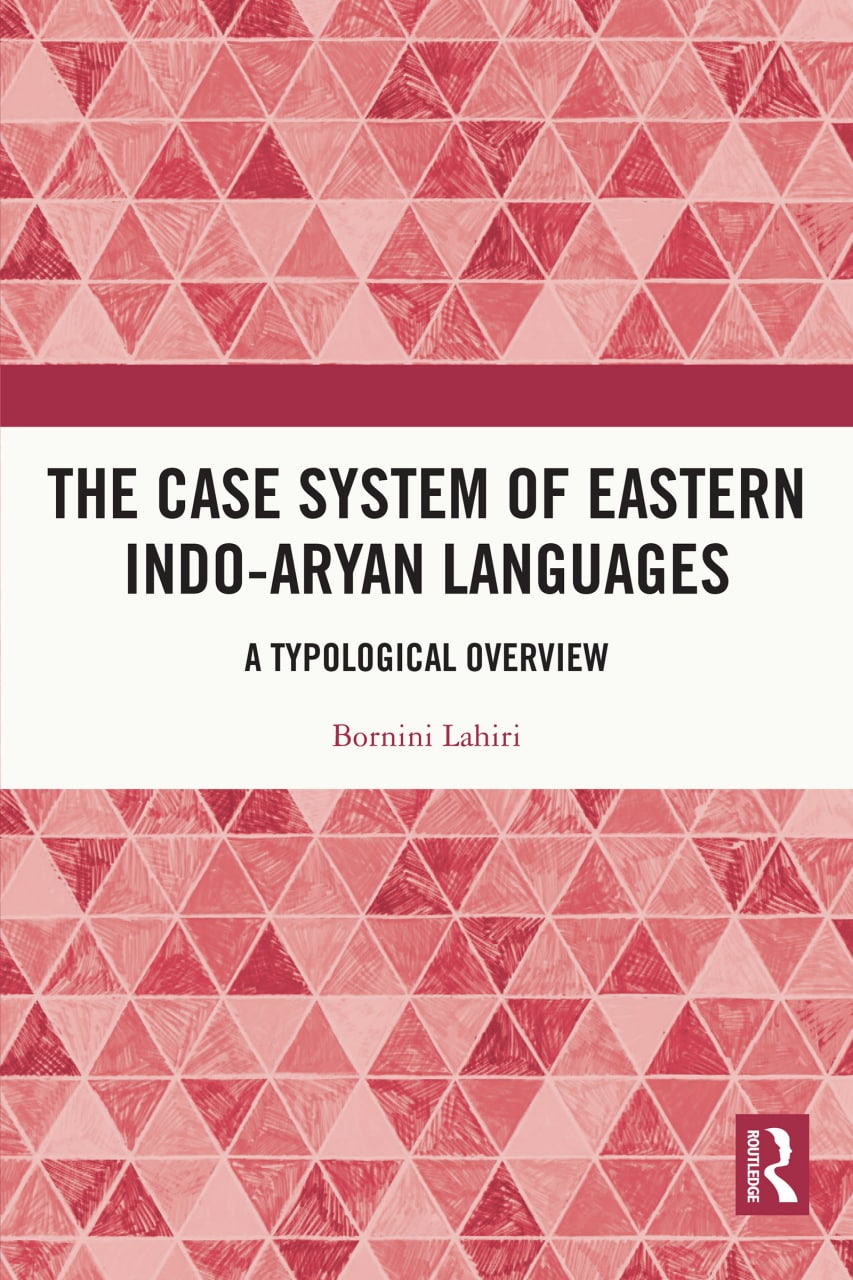
This book presents a typological overview of the case system of Eastern Indo-Aryan (EIA) languages. It utilizes a Cognitive Framework to analyse and compare the case markers of seven EIA languages: Angika, Asamiya, Bhojpuri, Bangla, Magahi, Maithili and Odia. The book introduces semantic maps, which have hitherto not been used for Indian languages, to plot the scope of different case markers and facilitate cross-linguistic comparison of these languages. It also offers a detailed questionnaire specially designed for fieldwork and data collection which will be extremely useful to researchers involved in the study of case.
A unique look into the linguistic traditions of South Asia, the book will be indispensable to academicians, researchers, and students of language studies, linguistics, literature, cognitive science, psychology, language technologies and South Asian studies. It will also be useful for linguists, typologists, grammarians and those interested in the study of Indian languages.
Bornini Lahiri is Assistant Professor at the Department of Humanities and Social Sciences, Indian Institute of Technology, Kharagpur, India. She has a PhD in Linguistics from Jawaharlal Nehru University, New Delhi, India. She has previously worked as a resource person with the Scheme for Protection and Preservation of Endangered Languages, hosted by the Central Institute of Indian Languages, Mysuru. She was a research assistant for Study and Research of Indigenous and Endangered Languages of India, hosted by Jadavpur University, Kolkata. She has also collaborated on projects studying aggression and hate speech, including an ongoing project on studying communal and misogynistic aggression, sponsored by Facebook Research. She has worked extensively on typological and morpho-syntactic properties of several lesser-known, low-resourced, under-researched languages, including Toto, Mahali, Dhimal, Magahi and Angika. Her publications include Bangla-Kurmali-English-Hindi Dictionary (forthcoming), Effect of Bangla on Koda Verbs (2020), Kurmali: A Language of Undivided Bihar (2019), Presence of Minor Languages of West Bengal in Social Media (2018), and A Typological Study of Local Cases in EIA Languages (2013), among others.
First published 2021
by Routledge
2 Park Square, Milton Park, Abingdon, Oxon OX14 4RN
and by Routledge
52 Vanderbilt Avenue, New York, NY 10017
Routledge is an imprint of the Taylor & Francis Group, an informa business
2021 Bornini Lahiri
The right of Bornini Lahiri to be identified as author of this work has been asserted by her in accordance with sections 77 and 78 of the Copyright, Designs and Patents Act 1988.
All rights reserved. No part of this book may be reprinted or reproduced or utilised in any form or by any electronic, mechanical, or other means, now known or hereafter invented, including photocopying and recording, or in any information storage or retrieval system, without permission in writing from the publishers.
Trademark notice: Product or corporate names may be trademarks or registered trademarks, and are used only for identification and explanation without intent to infringe.
British Library Cataloguing-in-Publication Data
A catalogue record for this book is available from the British Library
Library of Congress Cataloging-in-Publication Data
A catalog record has been requested for this book
ISBN: 978-0-367-49822-1 (hbk)
ISBN: 978-0-367-75633-8 (pbk)
ISBN: 978-1-003-04751-3 (ebk)
Typeset in Sabon
by SPi Global, India
This book is dedicated to two inspiring women in my life. One introduced me to the world of alphabets: my mother, Mrs Subhalakshmi Lahiri. The other introduced me to the world of Linguistics: my Guru, (Padma Shri) Prof. Anvita Abbi. Both of them share an infectious energetic personality which is a source of inspiration and motivation to me.
Terms like parents, sibling, spouse and friend define the different human relationship. Each term has particular features which define it. Yet, every relationship is influenced by the individual involved in it. For example, the relationship between two siblings or two spouses can never be the same across the world because, for every relationship, the individuals involved are different. The relationship I share with my brother could be different from the relationship you share with your brother.
The same is true for case relations.
There are certain universal features of the various case relations that define those cases, yet these case relations get influenced by the specific languages where they occur. In some languages, one case can differentiate between animate and inanimate objects, but the same case may not do so in other languages. Alternatively, one case can share its marker with the other cases in one set of languages, but not in the another set of languages. However, things are not haphazard! They share a uniformity along with their individual features. For example, ablative, instrumental, perlative and comparative cases can share markers, but this set of cases generally do not share markers with accusative or benefactive cases. Most of the time, when the case relations share markers, they also share semantics, though at times they may be studied as homophonous markers or taken as instances of case syncretism. In this book, case markers have been largely described using the Cognitive Framework (CF), which looks at them as part of the same semantic continuum.
The CF in linguistics looks at conceptualization as the basis of language, so it is claimed that when two case markers are homophonous, they are not only homophonous by chance but are conceptually connected. The first chapter of this book gives a brief introduction to CF. The CF is used to analyse the case markers of Eastern Indo-Aryan (EIA) languages because I believe that the polysemous nature of these markers can be explained through CF. In EIA languages, case markers are versatile, and they are never restricted to one function.
Often I come across research scholars and students of linguistics who struggle to understand the general concept of case and the distribution of cases in a specific language. These things become even more challenging when there is a need to undertake a cross-linguistic study of cases. This book refers to both of these points: 1) the general concept of case and different case relations and their markers are explained; and 2) there is a cross-linguistic study of cases of EIA languages. In the book, one may find it interesting to note that the closely related languages have different features related to case. In some languages, animacy plays an essential role in choosing the case markers, while in the others it does not. Moreover, the semantic range of case markers varies a lot depending on the languages. In the semantic maps, the different senses of some of the markers have been plotted.
I hope the book will not only help one understand the notion of case, but also give an overview of the EIA languages, which are mostly under-studied. I believe the present book will motivate the readers to work in a related area and help in the development of the study of cases.
There is a vast list of names that deserve to be mentioned. I cannot mention them all here, for obvious reasons, but I hope they all know that they have a place in my heart. I begin by showing my gratitude towards (Padma Shri) Prof. Anvita Abbi, who paved the path for me with her guidance. I also want to thank Prof. Ayesha Kidwai, whose academic input in my research work is beyond my expression of gratitude.
Next pageFont size:
Interval:
Bookmark:
Similar books «The Case System of Eastern Indo‑Aryan Languages: A Typological Overview»
Look at similar books to The Case System of Eastern Indo‑Aryan Languages: A Typological Overview. We have selected literature similar in name and meaning in the hope of providing readers with more options to find new, interesting, not yet read works.
Discussion, reviews of the book The Case System of Eastern Indo‑Aryan Languages: A Typological Overview and just readers' own opinions. Leave your comments, write what you think about the work, its meaning or the main characters. Specify what exactly you liked and what you didn't like, and why you think so.

